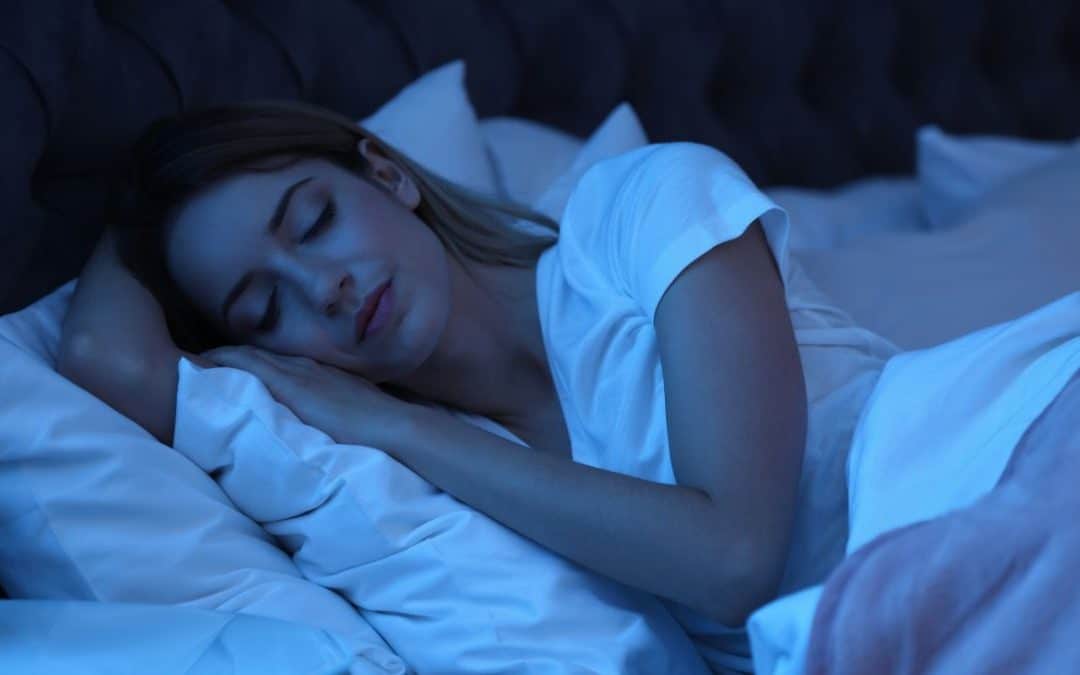For many people with migraine, quality sleep can be elusive yet crucial. Improving sleep starts with making routine changes and maintaining them for a few weeks. Strategies such as establishing consistent sleep routines, optimizing your sleep environment, avoiding stimulants, and embracing relaxation techniques, not only promote better sleep hygiene but also aim to alleviate migraine symptoms naturally. A study from South Carolina revealed that 48% of individuals with chronic migraine transitioned to an episodic state by adjusting their sleep routines. Explore these effective strategies tailored to enhance sleep quality and overall well-being.
Practical Strategies for Improving Sleep
- Adopt a Regular Routine
- Ensure 7-8 hours of sleep per night, as 5-6 hours is insufficient.
- Go to bed and wake up at the same time daily, even on weekends.
- Limit naps to 20-30 minutes and avoid napping after 3 PM.
- Avoid staying in bed at non-sleep times.
- Exercise
- Incorporate regular exercise into your lifestyle.
- Avoid strenuous exercise at least 3 hours before bedtime.
- Try gentle exercises like walking, stretching, or yoga in the evening.
- Sleep Environment
- Use the bedroom only for sleep and intimate activities.
- Avoid watching TV, eating, working, and discussing problems in bed.
- Ensure your mattress, pillow, and bed clothes are comfortable.
- Reduce noise and light; consider earplugs and eye masks if necessary.
- Maintain a cool room temperature (15-20°C or 60-67°F).
- If you can’t fall asleep after 30 minutes, leave the bedroom, engage in a non-stimulating activity in a quiet, dimly lit area, and return to bed when tired.
- Consider sleeping apart from a partner who snores or disturbs you occasionally.
- Share nighttime duties with a partner if you have young children.
- Prepare for Bedtime
- Avoid heavy meals 3-4 hours before bedtime.
- Minimize fluid intake close to bedtime.
- Create a routine to wind down before sleep.
- Keep a to-do list to avoid ruminating in bed. Write down any thoughts and return to bed.
- Avoid bright lights and screens 1-2 hours before bed; set devices to “Do Not Disturb.”
- Avoid mentally stimulating or emotionally charged activities before bed.
- Avoid watching the clock, as it creates anxiety and contributes to thoughts that can keep you awake. Cover your clock or turn it around.
- Use relaxation techniques like breathing exercises, progressive muscle relaxation, and mental imagery. Audio podcasts may also help. To learn more, see our post on relaxation practice for people with migraine.
- Natural Sleep
- Avoid stimulants such as caffeine and nicotine before bed.
- Alcohol can fragment sleep and cause morning headaches.
If sleep issues persist, consult a doctor, as severe insomnia or conditions like sleep apnea may require professional intervention. For more information on improving sleep, visit the Sleep Foundation website or watch their videos.
References
- Begasse de Dhaem O, Seng E, Minen MT. Screening for Insomnia: An Observational Study Examining Sleep Disturbances, Headache Characteristics, and Psychiatric Symptoms in Patients Visiting a Headache Center. Pain Med. 2018;19(5):1067-76.
- Nesbitt AD, Leschziner GD, Peatfield RC. Headache, drugs and sleep. Cephalalgia. 2014;34(10):756-66.
- Gori S, Lucchesi C, Morelli N, Maestri M, Bonanni E, Murri L. Sleep-related migraine occurrence increases with aging. Acta Neurol Belg. 2012;112(2):183-7.
- Calhoun AH, Ford S. Behavioral sleep modification may revert transformed migraine to episodic migraine. Headache. 2007;47(8):1178-83.
- Rains JC, Poceta JS. Sleep and headache disorders: Clinical recommendations for headache management. Headache. 2006;46 Suppl 3
Post #716



